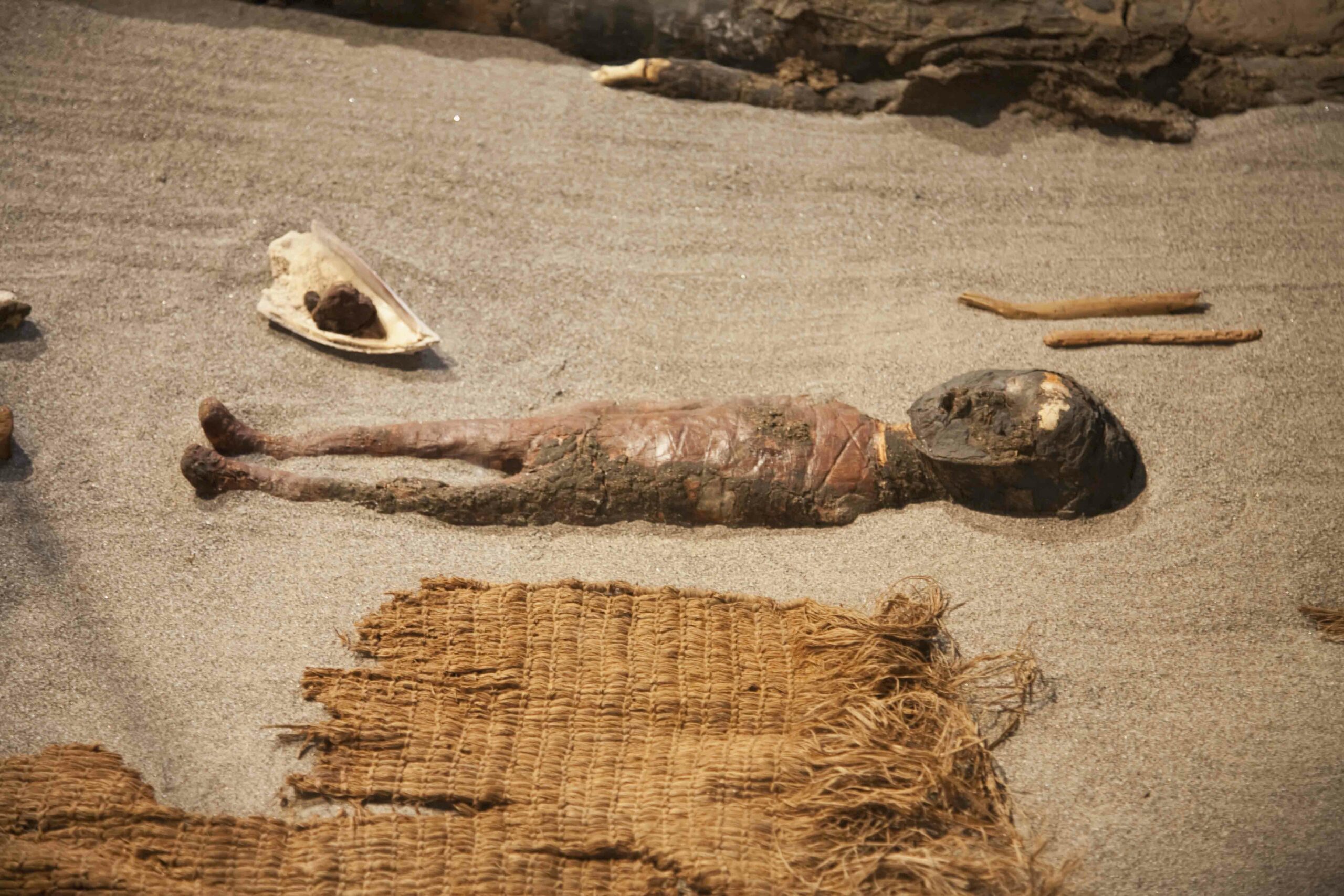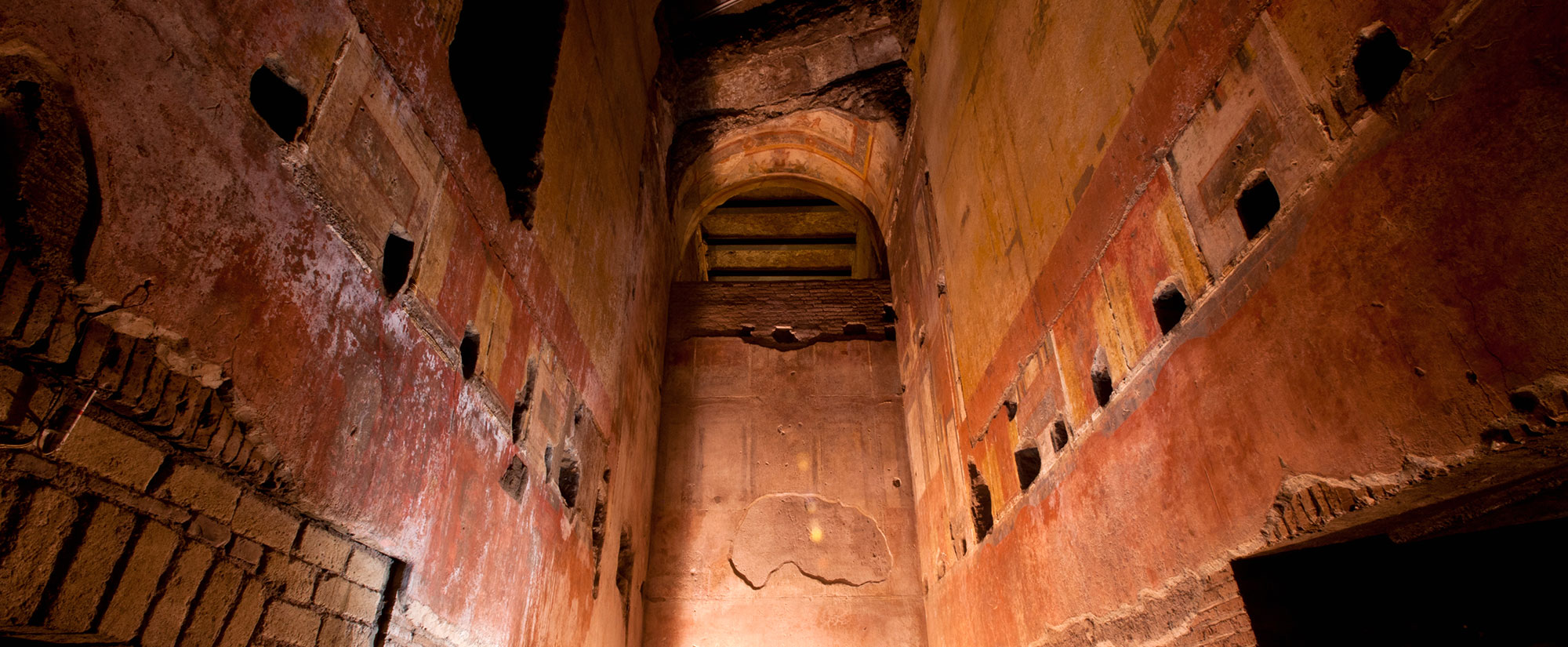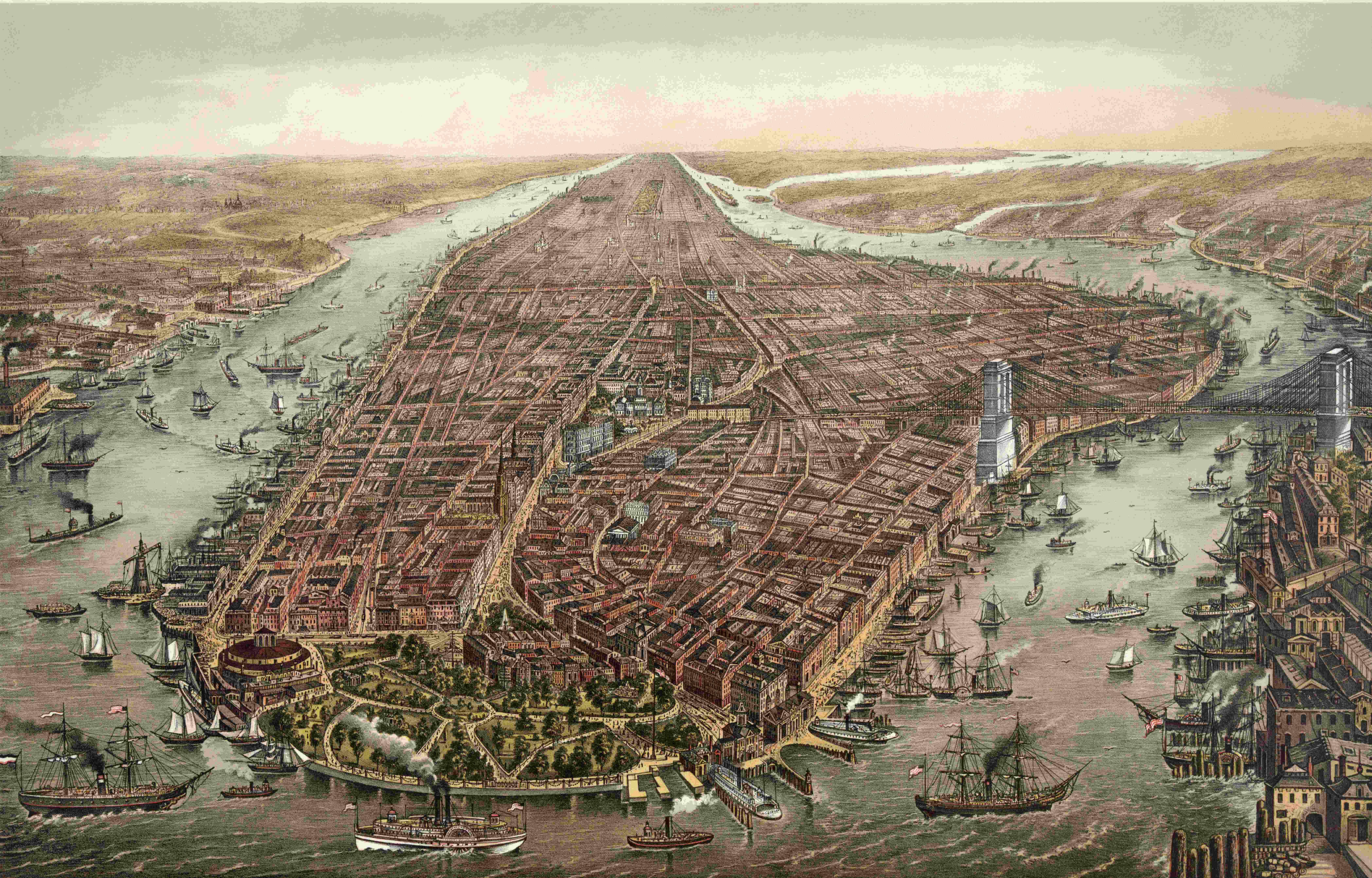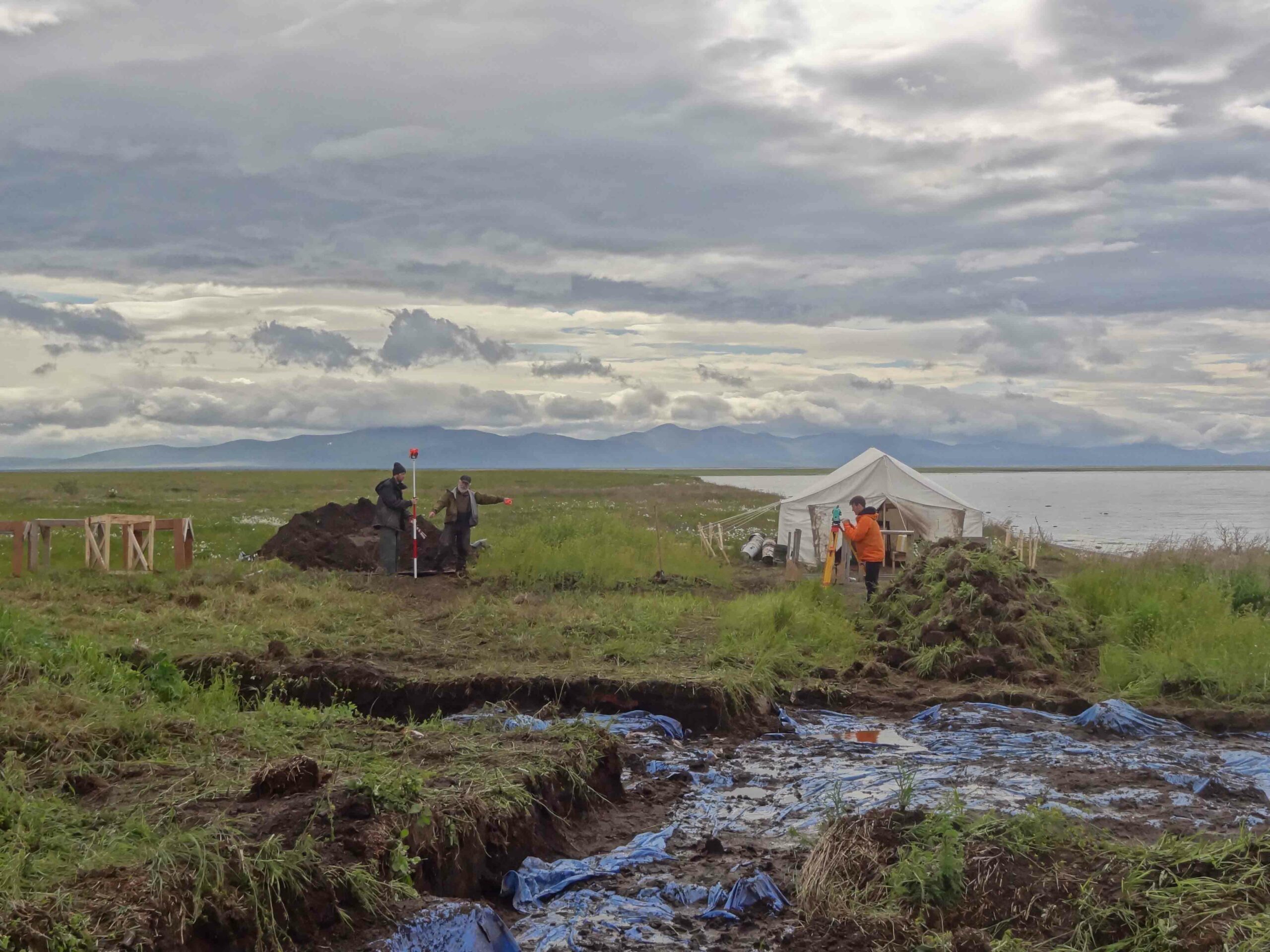
The world’s oldest mummies aren’t found in Egypt, but in the sands of Chile’s Atacama Desert. The oldest dates to an astonishing 5000 B.C., and even the youngest are nearly 5,000 years old. But since the moment they were excavated, they’ve been undergoing changes that even millennia in the ground didn’t bring about.
The mummies are kept in climate-controlled conditions at the Archaeological and Anthropological Museum of San Miguel de Azapa in Arica, but archaeologist Marcela Sepulveda of the University of Tarapacá recently noticed that their skin was turning black and gelatinous, sure signs of decay. “I wanted not just to study the skin degradation, but also to understand what the agent of degradation was,” she says. So Sepulveda enlisted microbiologist Ralph Mitchell of Harvard University to do DNA testing and chemical analysis to identify the microorganisms and chemical processes involved.
The work revealed that, while the mummies have been decaying for at least a decade, the process seems to have accelerated, perhaps as a result of climate change, despite the museum’s climate-control systems. “The climate in this region has changed from cool and dry to warm and damp, and the increased humidity has caused microbes that are common to all of our skin, but usually get washed off, to grow and damage the mummies’ skin,” says Mitchell. Sepulveda also wonders whether increased agriculture in the region might be affecting the humidity around the museum. The researchers are concerned about the museum’s mummies—and those yet to be found. “I think it’s a critical question,” says Mitchell. “What happens if you find another cemetery full of mummies?”












